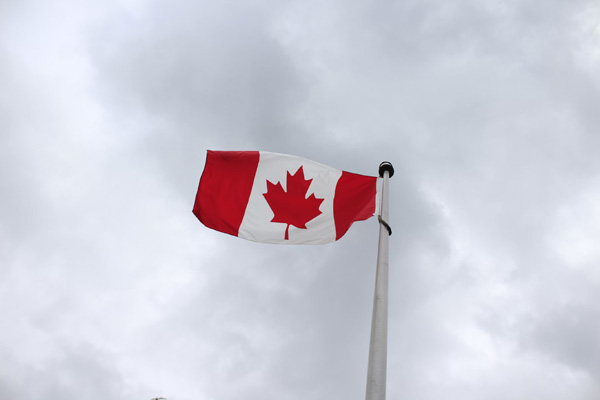Canada holds a snap election in 2025 amidst changes in leadership and international tension

[Photo of a Canadian flag. Photo credit to Unsplash]
On April 28, 2025, Canada held a snap election against a backdrop of a politically unstable environment caused by the nation’s deteriorating relationship with the U.S.
The election was triggered by the resignation of former Prime Minister Justin Trudeau in March 2025, and the subsequent promotion of Mark Carney as the new leader of the Liberal Party.
Carney, former governor of both the Bank of Canada and Bank of England, quickly found political success and secured a top position in the Liberal Party of Canada.
However, because of backlash towards his party from the Canadian people as well as pressure from other nations, particularly the U.S., Carney was forced to call an early election.
In recent months, the relationship between Canada and the U.S. has become increasingly bitter largely due to the tariffs imposed on Canadian products by the United States.
Reports indicate that President Trump has made statements suggesting that Canada lacks sovereignty and would “cease to exist as a country” without U.S. support.
These developments have made many Canadians look unfavorably upon the U.S. and have sparked a widespread campaign to reduce the nation’s economic dependency on their southern neighbor.
Supporting this claim, a recent poll indicates that 91% of Canadian citizens want to reduce reliance on the U.S. as a trading partner.
According to Elections Canada, nationwide voting turnout has been exceptionally strong following the Covid-19 pandemic, with over 7.3 million citizens casting their ballots ahead of election day.
Carney’s campaign revolves around defending the sovereignty of Canada and raising the value of the national economy.
To achieve these goals, Carney has proposed ideas such as maintaining retaliative tariffs on the U.S until American tariffs are rescinded, increasing the military budget to match NATO’s standards, and eliminating Goods and Service Tax (GST) for those who are buying their first home.
Many voters who face stress in the current uncertain political environment have shown support for Carney due to his practical solutions to major problems, as well as his general calm demeanor.
Pierre Poilievre, the leader of the Conservative Party, has maintained a strong lead during his campaign based on promises of tax cuts, deregulations, and deficit reduction.
However, critics point out that because of his initial support of Trump and his campaign, he has lost support from many demographics.
Poilievre has attempted to shift his message around a “Canada First” objective, but many are still skeptical of his true agenda.
The New Democratic Party (NDP), while not expected to win many seats in parliament, could still have a chance at making effective national changes in a potential minority parliament scenario.
Jagmeet Singh, the leader of the party, has pushed for Canada to provide universal healthcare, affordable housing, and more secure labor rights.
The Green Party and Bloc Quebecois are also in the running for seats, appealing particularly to the people of Quebec and environmentally focused voters respectively.
Out of the 343 seats in the House of Commons, one party is required to fill at least 172 seats to complete a majority government.
If this is not the case, coalition-building or minority governance will be put in place.

- Ian Kim / Grade 9 Session 1
- R.E. Mountain Secondary School

![THE HERALD STUDENT REPORTERS [US]](/assets/images/logo_student_us.png)
![THE HERALD STUDENT REPORTERS [Canada]](/assets/images/logo_student_ca.png)
